HPLC Separation: Ginsenosides from American Ginseng
Introduction to Ginsenosides
Ginsenosides are mainly found in ginseng plants (genus Panax), widely used as a herbal medicine around the world but primarily in Asian cultures. Most ginsenosides are members of the dammarane family and are triterpene saponins, a natural steroid glycoside. Although fGinsenosides are found throughout Panax, but isolation typically ginsenoside isolation typically focuses on the plant root. The root is typically dried and grounded into a fine powder to increase the surface area for extraction. Then the powder is extracted using solvents like ethanol, methanol, or water based on polarity by using soxhletSoxhlet extraction, maceration, or ultrasonication. The resultant filtrate is filtered, concentrated, and purified, and the extract is stored for analysis via HPLC or LC-MS.
Many ginsenosides have a dammarane skeleton (17 carbons in a four-ring structure) with various sugar moieties attached to the C-3 and C-20 positions. Over 30 ginsenosides have been identified and classified into two categories, 20(S)-protopanaxadiol (PPD) and 20(S)-protopanaxatriol (PPT).

Ginseng Root
Ginseng is one of the most well-known herbal medicines. It has been used in traditional Chinese medicine for centuries but is also popular in Western regions. Medicines derived from the ginseng root are used in the treatment or prevention of many health problems including anxiety, asthma, diabetes, headache, stress, depression and erectile dysfunction, among many others.
The unique compounds of panax are saponin triterpenoid glycosides, called ginsenosides. Their potential effects in humans are being studied intensively.
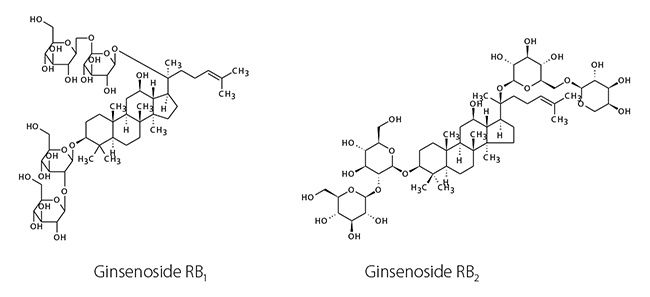
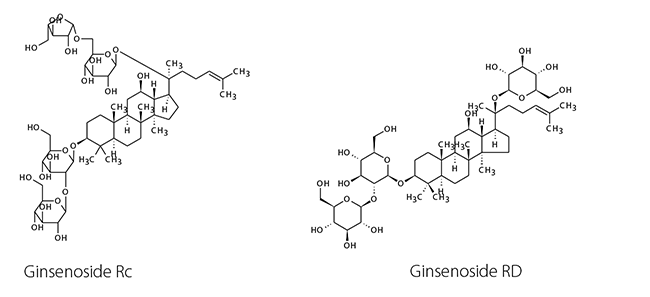
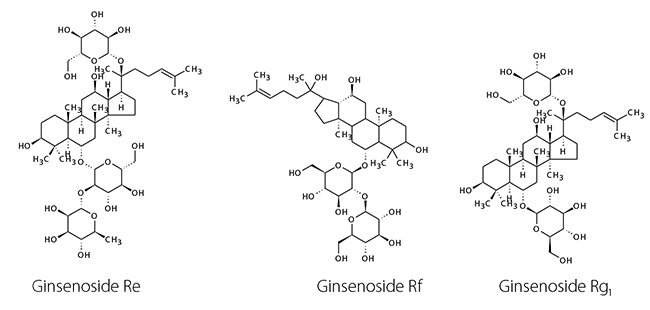
Figure 1.Chemical structures of the analyzed ginsenosides
Separating Ginsenosides by HPLC using a C18 Column
We achieved a good separation of seven different ginsenosides using an Ascentis® Express C18 column. The application was first optimized using a ginsenoside standard mixture (Figure 2) and was then applied to a sample of American ginseng root (Figure 3). The seven targeted analytes are ginsenosides RB1, RB2, Re, Rc, RD, Rf and Rg1 (Figure 1). The experimental conditions and chromatograms are shown in the table below.
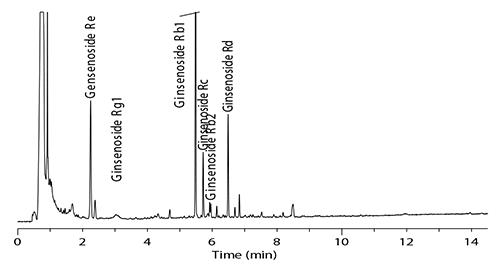
Figure 2.Chromatogram of the standard mixture (50 µg/mL each component in 82:18, water:methanol)
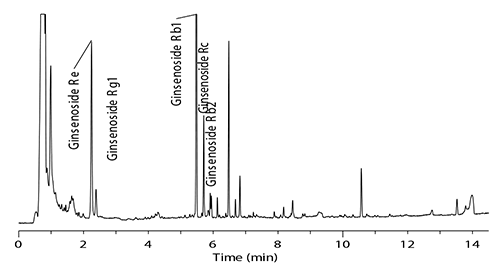
Figure 3.Chromatogram of the American ginseng root extract
Related Products
To continue reading please sign in or create an account.
Don't Have An Account?